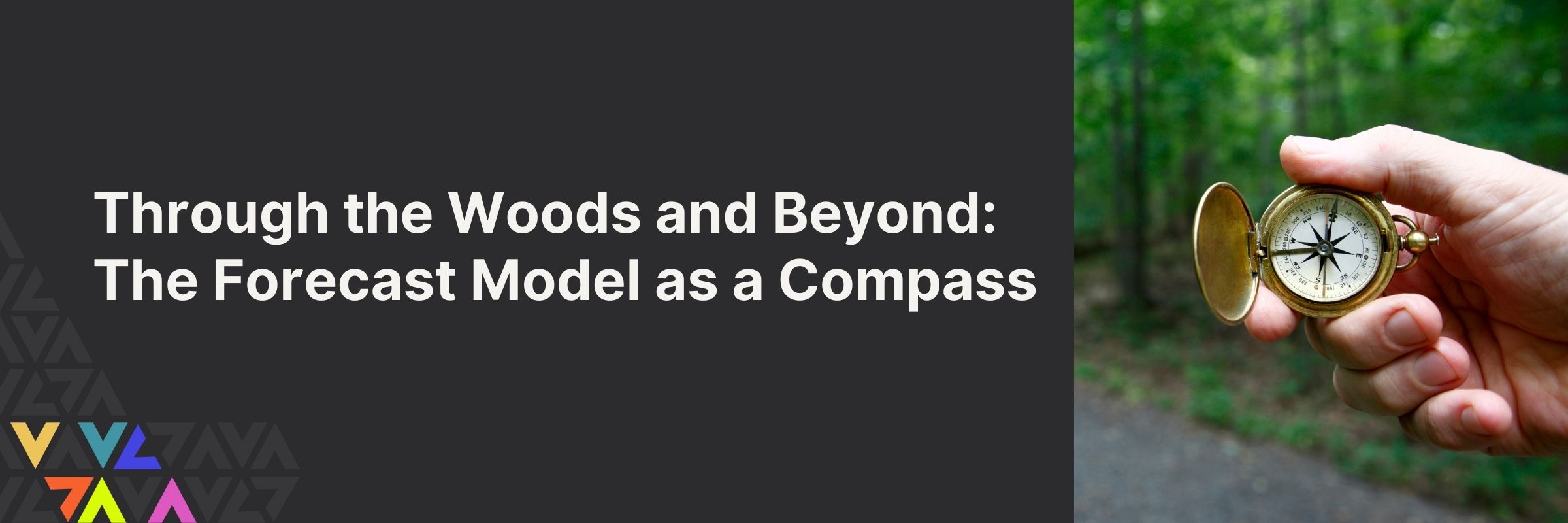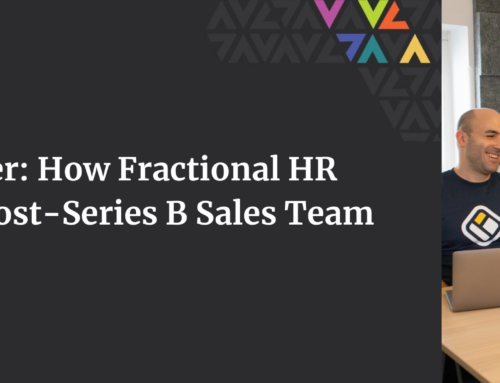
By J.P. Tremblay, Fractional Chief Financial Officer
Leading a business without a financial forecast model can be like hiking in the woods without a compass. After a while, you don’t know where you are, have no idea how you got there, or how to get out of the woods – and you want to get far beyond the woods!
A well-designed and trusted forecast model brings tangible benefits and strategic value to any business by improving decision-making, strategic planning, resource optimization, long-term sustainability, and value creation. Here are the key characteristics of a successful forecast model:
1. The Basic Compass for Better Decision-Making
The most important function of a forecast model is to assist business leaders in their decision-making process in two major ways. The forecast model quantifies the potential impact of a decision on the business’s short and long-term performance. It also provides a range of possible outcomes under various scenarios, allowing for considerations of the best and worst-case scenarios driven by external factors.
The forecast model should be complex enough to capture the company’s nuances but not overly complicated to the point of being difficult to maintain. A balance between simplicity and complexity ensures intuitiveness, usability, and accuracy.
An effective forecast model acts as a basic compass. It supports accurate estimations of future financial performance, enabling founders to make informed decisions about allocating resources efficiently, identifying potential risks, and seizing opportunities that align with business objectives.
2. Precise Coordinates for Enhanced Operational Efficiency
A user-friendly and integrated forecast model streamlines financial analysis and reporting processes. Founders can easily monitor key variables that impact performance, enabling them to optimize operations, manage cash flow effectively, and drive overall operational efficiency. Communication of key metrics helps align and focus all stakeholders’ activities to achieve common goals.
A structured forecasting process facilitates and standardizes regular performance reviews and promotes accountability. It enables the founder to monitor key metrics, identify trends, and take corrective actions promptly, ensuring the business’s long-term sustainability and adaptability. A dynamic forecast model evolves with the business, incorporating new data and insights and guiding strategic decisions in all market conditions. This forecast model is like a GPS-style compass that uses altimeters, barometers, and other data-gathering instruments to enhance location and directional accuracy.
3. Adaptable Navigation System for Strategic Planning
In a perfect world, the forecast model aligns with the organization’s strategic goals and objectives. The model covers all relevant aspects of the business, including key revenue drivers, expenses, working capital needs, and capital investments. The forecast model provides insights into whether the business is on track to meet its targets and helps founders proactively identify areas needing attention.
The forecast model allows for scenario analysis and sensitivity testing, empowering founders to plan strategically. By exploring different scenarios, they can anticipate market changes, adapt strategies accordingly, and mitigate risks. Think of this as a military-level compass, expertly directing the team and company to specific targets.
4. A North Star for Long-Term Growth and Performance Optimization
Business owners can track progress toward long-term growth objectives by aligning the forecast model with strategic goals. Regular updates and validation of the model ensure its relevance over time, providing owners with insights to optimize performance, secure investments, and successfully navigate market fluctuations.
A forecast model is a critical tool that empowers founders to attract investors and secure capital. A well-developed forecast model instills confidence in investors and provides a roadmap for sustainable long-term growth and expansion. This is akin to the Inertial Stellar Compass used by NASA to plot courses for collective teams to accomplish successful space exploration.
Start where you are. If you feel lost in the woods, investigate adding or strengthening the forecast model. If you are ready to enhance operational efficiency, align the forecast model with financial analysis and reporting processes. Once you have that down, align the forecast model with the organization’s strategic goals and objectives. To go beyond the woods, use the whole system to track progress toward targets and long-term growth objectives. Here’s to your exploration!



